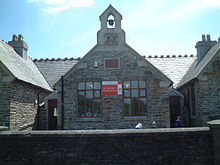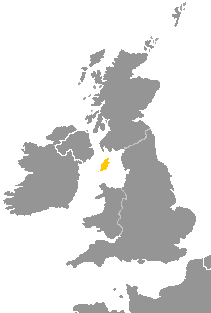
Manx, also known as Manx Gaelic, is a Gaelic language of the insular Celtic branch of the Celtic language family, itself a branch of the Indo-European language family. Manx is the historical language of the Manx people.
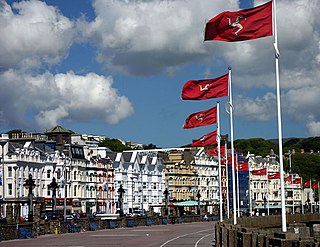
The "National Anthem of the Isle of Man" was written and composed by William Henry Gill (1839–1923), with the Manx translation by John J. Kneen (1873–1939). It is often referred to by its incipit, "O Land of Our Birth".

The culture of the Isle of Man is influenced by its Celtic and, to a lesser extent, its Norse origins, though its close proximity to the United Kingdom, popularity as a UK tourist destination, and recent mass immigration by British migrant workers has meant that British influence has been dominant since the Revestment period. Recent revival campaigns have attempted to preserve the surviving vestiges of Manx culture after a long period of Anglicisation, and significant interest in the Manx language, history and musical tradition has been the result.
Thomas Christian (1754–1828) was the translator of John Milton's Paradise Lost into Manx Gaelic, while leaving out passages in a way that were widely considered to have greatly improved the narrative structure of Milton's original. Rev. Christian was also an author of Manx carols and other Christian poetry important to Manx literature. He spent most of life as the Anglican vicar of Marown parish, Isle of Man.

Thomas Brian Stowell, also known as Brian Mac Stoyll, was a Manx radio personality, linguist, physicist, and author. He was formerly Yn Lhaihder to the Parliament of the Isle of Man, Tynwald. He is considered one of the primary people behind the revival of the Manx language.
Walter Clarke, or Walter y Chleree, was a Manx language speaker, activist, and teacher who was one of the last people to learn Manx from the few remaining native speakers on the Isle of Man. His work recording them with the Irish Folklore Commission helped to ensure that a spoken record of the Manx language survived.

Bunscoill Ghaelgagh is a government-run Manx-language primary school in St John's, Isle of Man that has enabled 170 children to learn fluent Manx. As of 2011 it is the only school in the world where children are taught their lessons solely in Manx and which allows children to learn the language fluently. Pupils may then go on to Queen Elizabeth II High School in Peel where they can study a GCSE equivalent qualification in Manx as well as up to two subjects in the language to maintain their fluency, or to the high school in their catchment area.
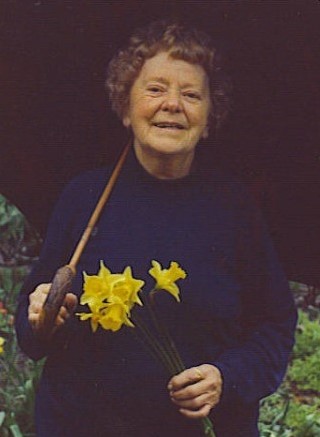
Mona Douglas was a Manx cultural activist, folklorist, poet, novelist and journalist. She is recognised as the main driving force behind the modern revival of Manx culture and is acknowledged as the most influential Manx poet of the 20th century, but she is best known for her often controversial work to preserve and revive traditional Manx folk music and dance. She was involved in a great number of initiatives to revive interest and activity in Manx culture, including societies, classes, publications and youth groups. The most notable and successful of these was Yn Chruinnaght.
Thomas Allen (1710–1754) was Vicar of Maughold and an author of Manx carvals.
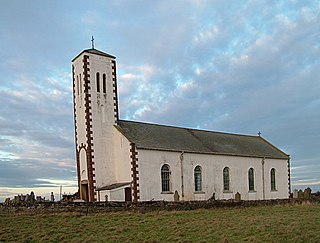
John Lewin is the author of a number of Manx carvals in the early 19th Century which advocated temperance.
John Moore was a Manx poet and privateer of the late 18th Century. Originally from Camlork, in Braddan, Isle of Man, Moore later settled in Bride, where he owned an inn. It was here that he came to be known as “John the Tiger” due to his often singing the song describing his time as the privateer on board The Tiger.

The Reih Bleeaney Vanannan is the Isle of Man's most prestigious annual award for culture. It is presented by Culture Vannin to the person or group who, in the opinion of the panel of assessors, has made the most outstanding contribution to Manx culture. It is officially presented by the President of Culture Vannin, normally in January each year.
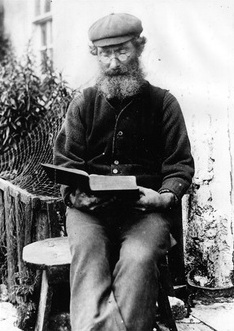
Edward Faragher (1831–1908), also known in Manx as Ned Beg Hom Ruy, was a Manx language poet, folklorist and cultural guardian. He is considered to be the last important native writer of Manx and perhaps the most important guardian of Manx culture during a time when it was most under threat. The folklorist, Charles Roeder, wrote that Faragher had "done great services to Manx folklore, and it is due to him that at this late period an immense amount of valuable Manx legends have been preserved, for which indeed the Isle of Man must ever be under gratitude to him."

William Kinrade (1769-1854) was a renowned writer of Manx carols who lived at Ballachrink, Maughold, in the Isle of Man.

Culture Vannin is the trading name for the Manx Heritage Foundation, established in 1982 by the Isle of Man Government to promote Manx culture, heritage and language. It was rebranded in February 2014, having previously been known as the "Manx Heritage Foundation", since the former title "held connotations more towards the cultural history of the island" which were not felt to be accurate to the organisation's progressive approach to invigorating Manx culture. Culture Vannin's motto is "Taking our culture forward".
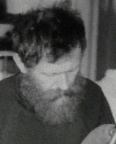
Colin Jerry was a Manx cultural activist best known for his contributions to Manx music through his books, Kiaull yn Theay, published in two volumes. He was awarded the Reih Bleeaney Vanannan in 1991 for his contributions to Manx culture which were 'extensive and staggering.'

Yn Çheshaght Ghailckagh, also known as the Manx Language Society and formerly known as Manx Gaelic Society, was founded in 1899 in the Isle of Man to promote the Manx language. The group's motto is Gyn çhengey, gyn çheer.
Claare ny Gael is a bilingual radio show presented by Robert Corteen Carswell and broadcast on Sunday evenings each week on Manx Radio.
Charles Craine (1911-1979) also known as Chalse y Craayne, was a Manx language activist and teacher who was involved with the revival of the Manx language on the Isle of Man in the 20th century.
Yn Lhaihder is an official who takes part in the annual Tynwald Day ceremony at St John's, Isle of Man. After the Coroner of Glenfaba "fences the Court" in English, Yn Lhaihder repeats the same declaration in Manx.


